Profitability and good inventory management are connected. Good inventory management boils down to accountability. Using a robust asset tracking software, you need to account for what’s coming into and out of your inventory. A study by the Gartner Group has shown that 70% of all businesses have ineffective inventory management systems in place, to the extent that the difference between their actual and projected inventory can be as large as 30%!
For the majority of businesses, inventory is a major asset, but if inventory is mismanaged it can create endless problems such as inconsistent high or low stock levels, miscommunication between warehouses and delays in fulfillment. It’s important to protect your business from poor inventory management. Unfortunately, many wholesalers rely on employees to manually monitor and react to changes in inventory. This approach exposes a business to errors and increases the risk that can impact its reputation. In order to be effective, asset management solutions, therefore, need to not only manage assets but to find a way to make your assets part of a larger managerial ecosystem.
Read More: How SMBs benefit from Inventory Control Software [White Paper]
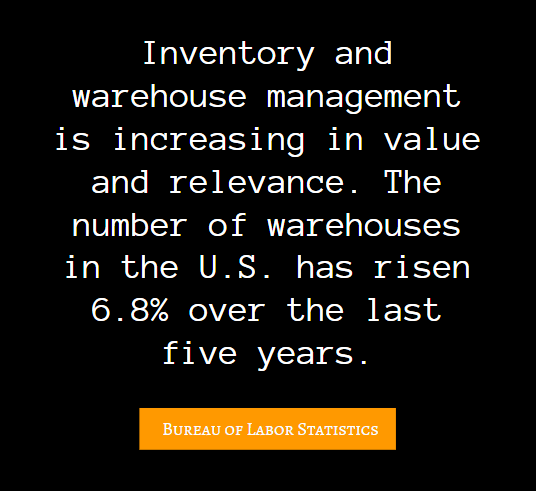
8 Common Reasons Why Businesses Face Poor Inventory Management

WAYS TO TACKLE POOR INVENTORY MANAGEMENT
Implement Asset Tracking Software for Error-free Inventory Management
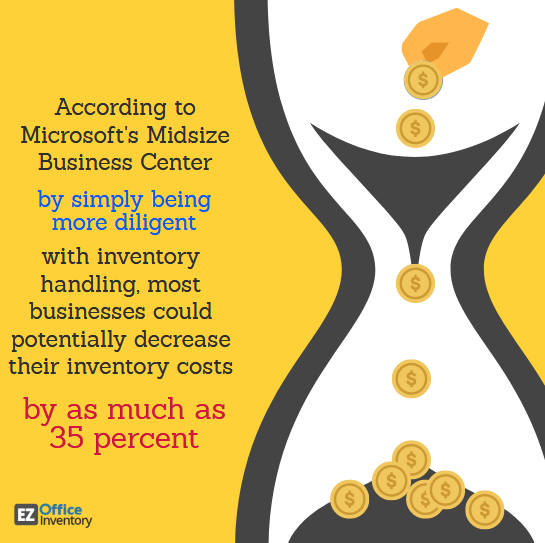
Planning is the key to effective inventory management, especially during the peak seasons for your business. Say, for a gift shop not having enough merchandise in advance for the Christmas may face reduced sales. Similar is the case when stores don’t make space for newer items and get rid of older or less consumable stock. Businesses that don’t keep track of new trends in the marketplace can be sitting in situations where there are more obsolete items or ghost assets that are no longer required or sold. When we talk about tracking obsolete or less consumable inventory, what better way than implementing a robust web-based asset tracking software across the organization.
Keep track of all inventory items by tagging them. Stay up to date with all inventory items using barcode labels and asset tags. Implementing a solution for inventory and asset tracking, you bring in an automated way to track and manage all your assets and equipment via a centralized repository. You’ll have all the data you need at your fingertips. You’ll be able to analyze this data and make forecasts. This also helps you in identifying the usage trends. Businesses in different industries like small electronics, event management, engineering, or lifestyle should constantly evaluate what they’re offering to the end users as these industries change rapidly.
The Balance between Overstocking and Understocking
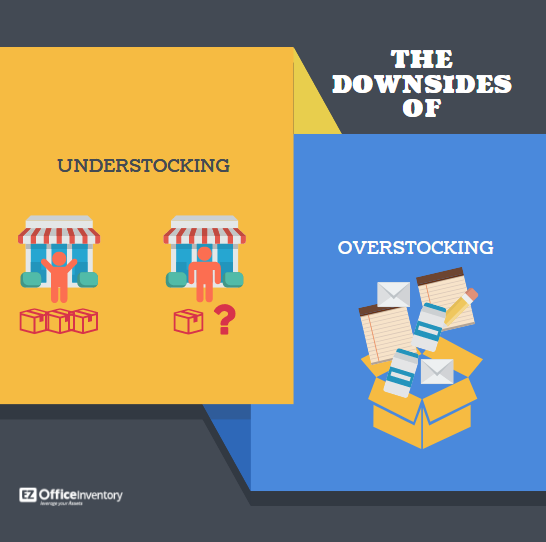
Inventory optimization can be a daunting task in supply chain management. It can be challenging when businesses struggle with the dramatic tussle between overstock and understock. For these businesses, what works is setting inventory thresholds which are mostly an estimation of individual judgment and manual inventory processes. Automated inventory management can solve challenging inventory problems, especially inventory optimization.
Let’s take an example of a fashion store that just launched its latest collection on the ramp. Now, what the audience will be expecting? To buy them off the rack after the collection unveil! Big Brands like Zara, Topshop and H&M are best known to set a standard in this field, where these brands debut new collections at fashion week and have them ready to purchase almost immediately. Mass production of rapidly changing styles means more affordable pieces that may go out of style quickly, but at least they’re available while the buzz around them is still hot. Then there are brands which are not able to make the stock available right away. That’s how understocking and overstocking is observed in inventory control.
More and more businesses are increasing the range of products they stock in order to meet consumer “long tail” demands. 54% of warehouses plan to expand the number of inventory SKUs carried over the next five years.
Both overstocking and understocking have its downsides! You miss out potential sales while the item is out of stock. Buying an excessive stock that reaches the end of its lifecycle can also cause understocking. With overstocking, you have to bear the storage charges, and they keep piling up if you have excess inventory that is just sitting there in the warehouses. Let’s not forget the slow-moving or less-consumable items. Inventory errors will happen. The best way to identify inventory overstocking and understocking in your company is to keep track of all your inventory items and conduct regular inventory audits. Forget the manual processes, do all this and more using a web-based asset tracking software.
Read More: Inventory Management Tactics
Stay Up-to-date with Inventory Alerts
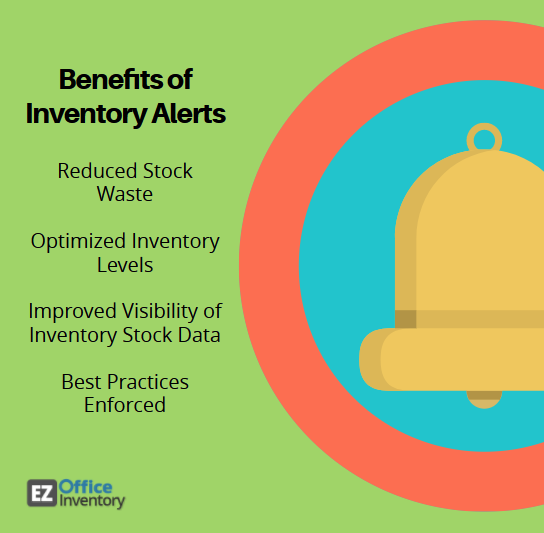
Inventory management is prone to errors and can be a reason of increased employee time consumption when handled manually. Other than inventory management and equipment tracking, businesses have to manage stock across multiple warehouses, maintain inventory levels, and fulfill asset assignments and orders. The question here is why you should waste all that effort, time and money in monitoring important data on inventory when you can automate the process. Why keep logs of information on papers when you can stay up-to-date with inventory alerts?
Automated inventory alerts can be created and sent via email to admins and users in your company when required. These alerts can be customized as per your business needs with an efficient asset tracking software. Some of the common alerts may include low threshold on inventory, sale/purchase of inventory, transfer/request stock, inventory level at XYZ location, etc. Inventory items are tracked by the quantity and the best way to capture potential sales is to set threshold alerts. This way you can also track real-time inventory updates like overstocking and understocking.
Conduct Inventory Audits
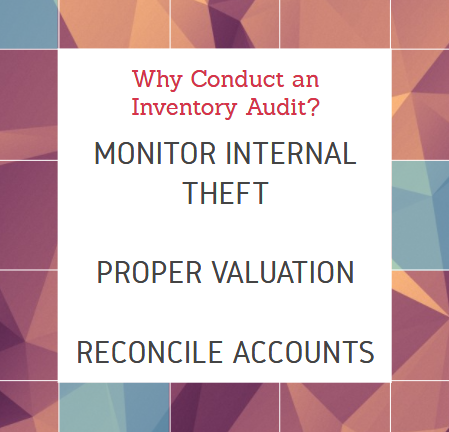
Having problems with items not checked back in by an employee? Or there are incidences of equipment misplacements and disappearances? Auditing is the best way to cross-check your inventory data and ensure the information you have on hand is up-to-date. It enables you to hold employees accountable, establish predictable routines, keep a commitment to compliance, safeguard your brand reputation and employee theft.
Take the example of employee theft; each year, theft in a workplace context causes American businesses 50 billion dollars in replacement and infrastructural overheads. By investing in a well-executed asset management system, companies improve the standards of accountability it sets for its employees. Having a floor manager or employee on the field know exactly what they’re expected to would save a lot of time which can be utilized on more productive tasks. If you’re a small business owner, to maintain inventory in your company you must conduct inventory audits regularly.
Read More: Conducting Audits for Seamless Asset Management
Better Procurement Management
The conflicting relationship between a business owner and vendor is one common reason why businesses face poor inventory management. When you don’t monitor procurement management properly, it could result in excess inventory or stock shrinkage. Any factor can cause it, say, equipment theft, miscounting or pricing errors or the vendor may not be doing a really good job in following the product trends. Effective Procurement Management enables businesses to log what was purchased, keep track of all pricing negotiations, and manage vendors and suppliers all under one system.
What works better is to create purchase orders and keep track of them using asset tracking software. This saves the business time and labor costs, putting out the paperwork and pricing errors. One can request stock replenishment and receive new stock from the right vendor for the right job. The ability to send them purchase orders directly from an asset tracking software is especially helpful since it makes the ordering process a lot more efficient by flagging up any inconsistencies instantly. The process of updating the product catalog becomes automated as well which also ensures there are no record duplications.
Read More: Why Procurement Management is vital for your Business?
Choosing the Best Asset Tracking Software for Effective Inventory Management?
The move away from pen-and-paper inventory management is a huge step toward success. By moving your software to the Cloud, you will still have the same level of inventory management support, but you can also have all of the information you need at your fingertips to influence strategic business decisions and improve your bottom line. Cloud-based inventory management is an invaluable tool. It automates time-consuming warehouse processes and streamlines communication within the organization.
Almost everyone understands the value of working with mobile devices to increase speed and operational efficiency. 67% of warehouses plan to use mobile devices to manage inventory.
EZOfficeInventory is the leading asset management software used by SMBs and enterprises all over the globe. Track and manage your inventory seamlessly.
For more assistance, drop us an email at support@ezo.io.






